Social media is a recent phenomenon. Facebook hasn’t even been 18 years old yet and it has gained 340 million Indian users. In 2019 a reported 2.4 hours were spent on social media on average by Indians. In November 2020, the average time spent went up to 6 plus hours. When a significant portion is spent on using such social media platforms it comes with its own challenges. Social media is a highly filtered and edited world. This can cause a negative influence on the users’ self-image, mental health and overall wellbeing.
The American Psychiatric Association (APA) defines eating disorders as “illnesses in which the people experience severe disturbances in their eating behaviours and related thoughts and emotions.” Some common disorders are bulimia, anorexia nervosa and binge eating. Research says that the age at which eating disorders develop is from age 12 to age 25. It is not a coincidence that the bulk of social media users fall under the same age bracket. Numerous studies have pointed out that it can also alter a person’s relationship with food.
Body Image
The National Eating Disorder Association found a link between time spent on social media platforms and having increased body image concerns. By looking at many fitspiration images, one tends to self-objectify more. This results in many following rash diet trends in order to lose weight. Many such diets create a negative mindset when it comes to eating. It can cause many to develop anorexia. In anorexia, one has an intense fear of getting fat. They would avoid eating food in order to maintain their ‘ideal body weight.’ This can cause many nutrient deficiencies and a total damaged relationship with food.
Comparison
As people spend more and more time on social media, they start fantasizing about maintaining that aesthetic lifestyle. Often time no one realises that the virtual world is highly filtered and edited. Young people start comparing themselves to ‘social media influencers’ and find a severe lack in themselves. This would result in many developing bulimia. In Bulimia, a person would fret about being overweight. Instead of not eating like in anorexia, in bulimia, a person would eat large quantities and start exercising or vomiting to ‘reverse’ the eating process.
Mukbang
The Korean Wave has washed all over the world due to social media. One of the cultural trends of the country was Mukbang. Here, the influencer would eat food in front of the camera to continue the Korean traditional way of eating together as family and friends. The act of eating together has mutated into a demonic state. Nowadays, mukbang represent eating crazy size portions in front of the camera. Many mukbangers or mukbang influencers eat such quantities of food twice or thrice a day. This has created many to develop binge eating disorders. This can cause many to become obese but also eat a drastic amount of junk food.
Hence it is important to regulate one’s time on social media, particularly during one’s younger years. Make sure to realise that social media is not the real world. It is a highly edited and filtered world. Food is the fuel that drives us forward. Make sure to eat home-cooked meals and enjoy them. If you find yourself struggling with food then it is important to seek help from an expert.

 Social media is a highly edited and filtered world. Numerous studies have pointed out that it can alter a person’s relationship with food.
Social media is a highly edited and filtered world. Numerous studies have pointed out that it can alter a person’s relationship with food.









.jpeg)

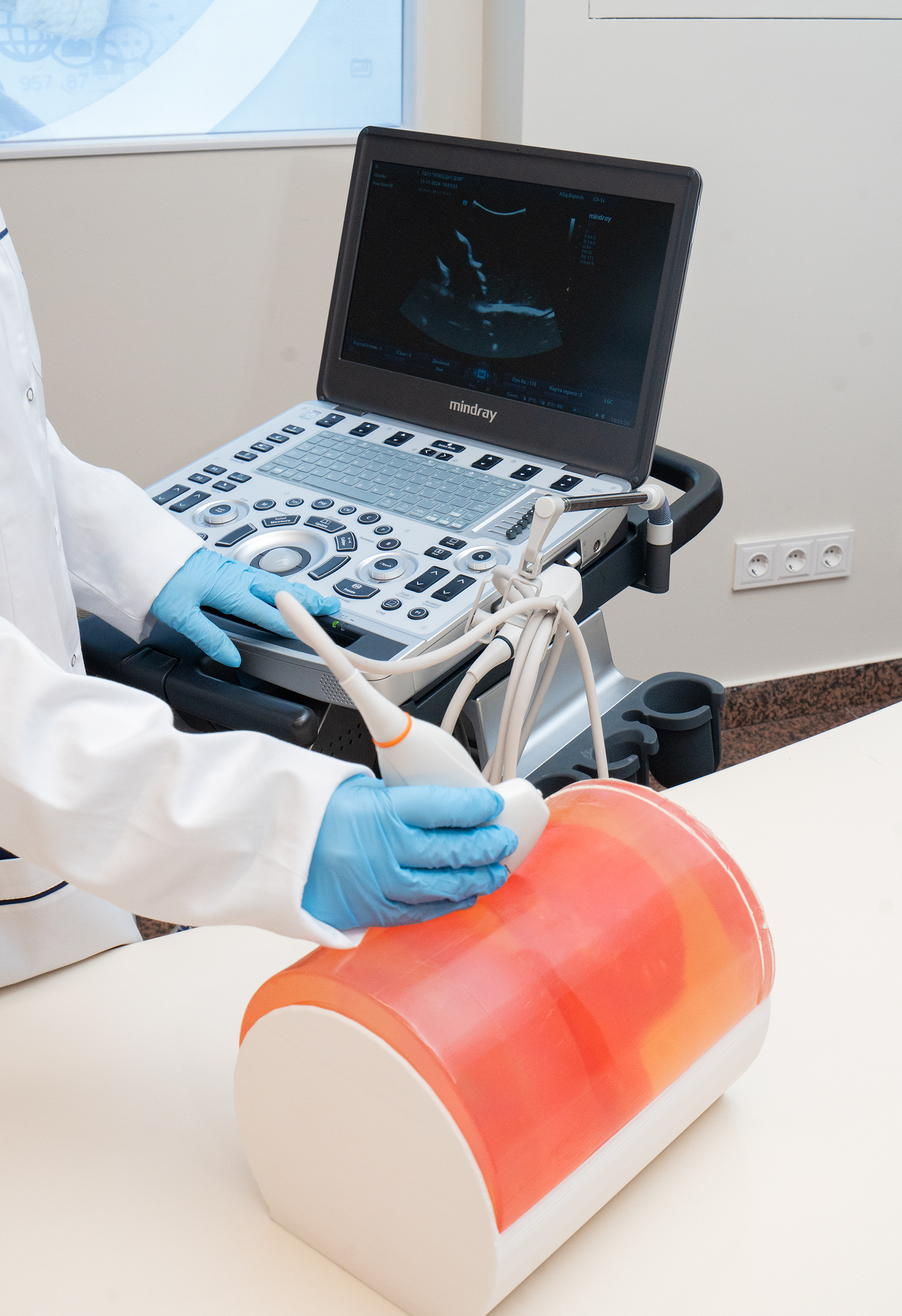
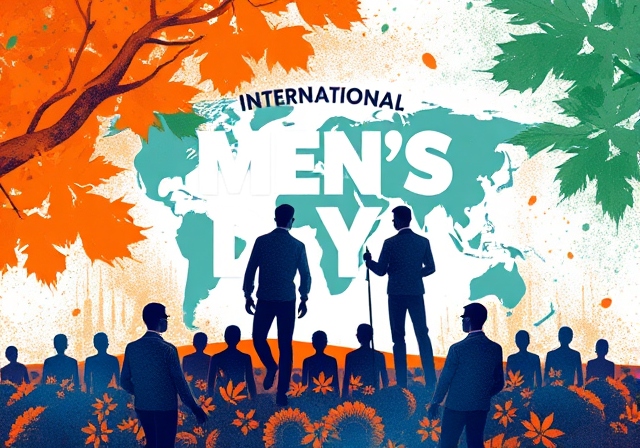
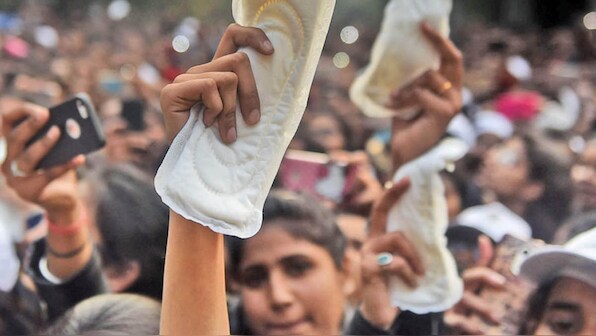
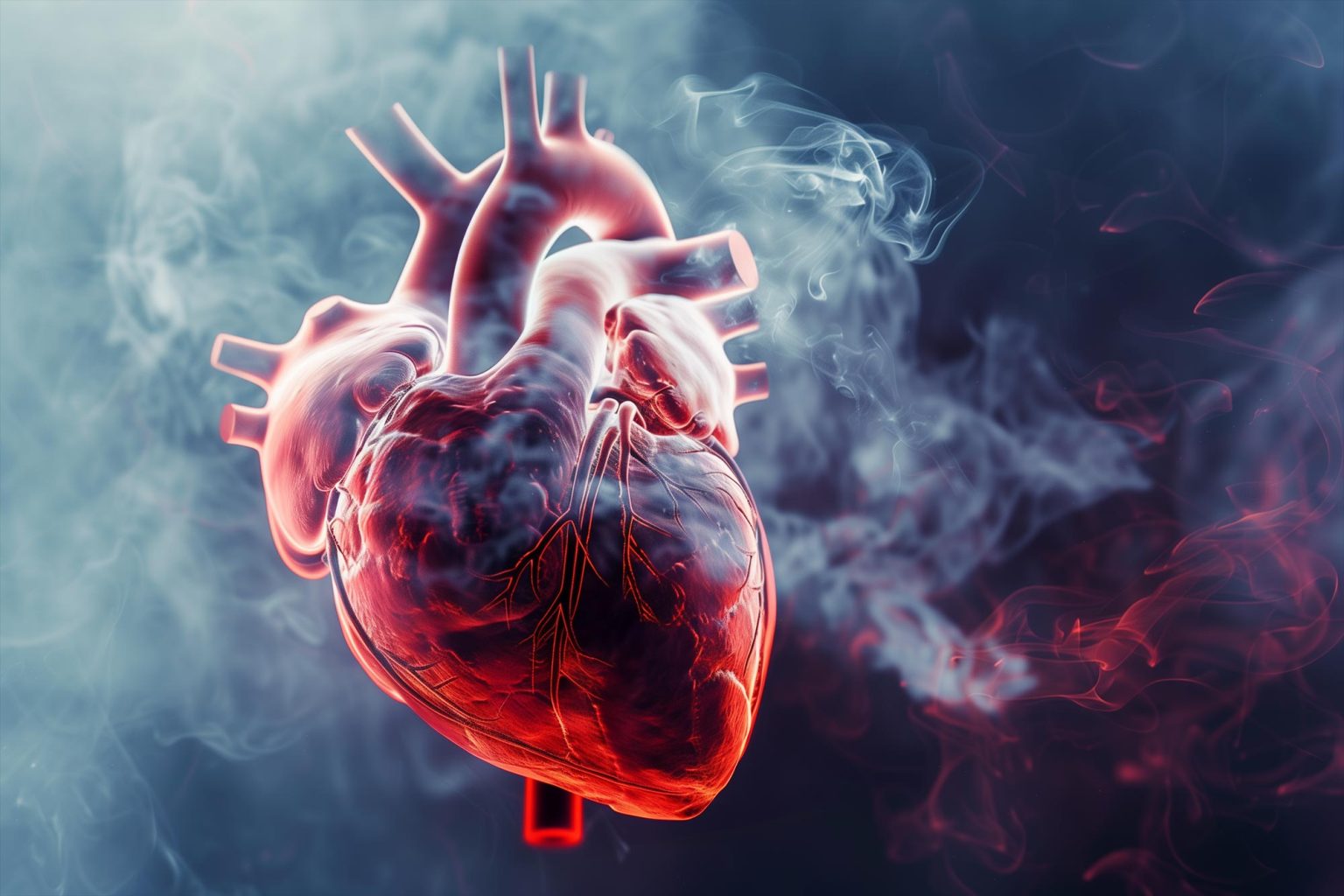

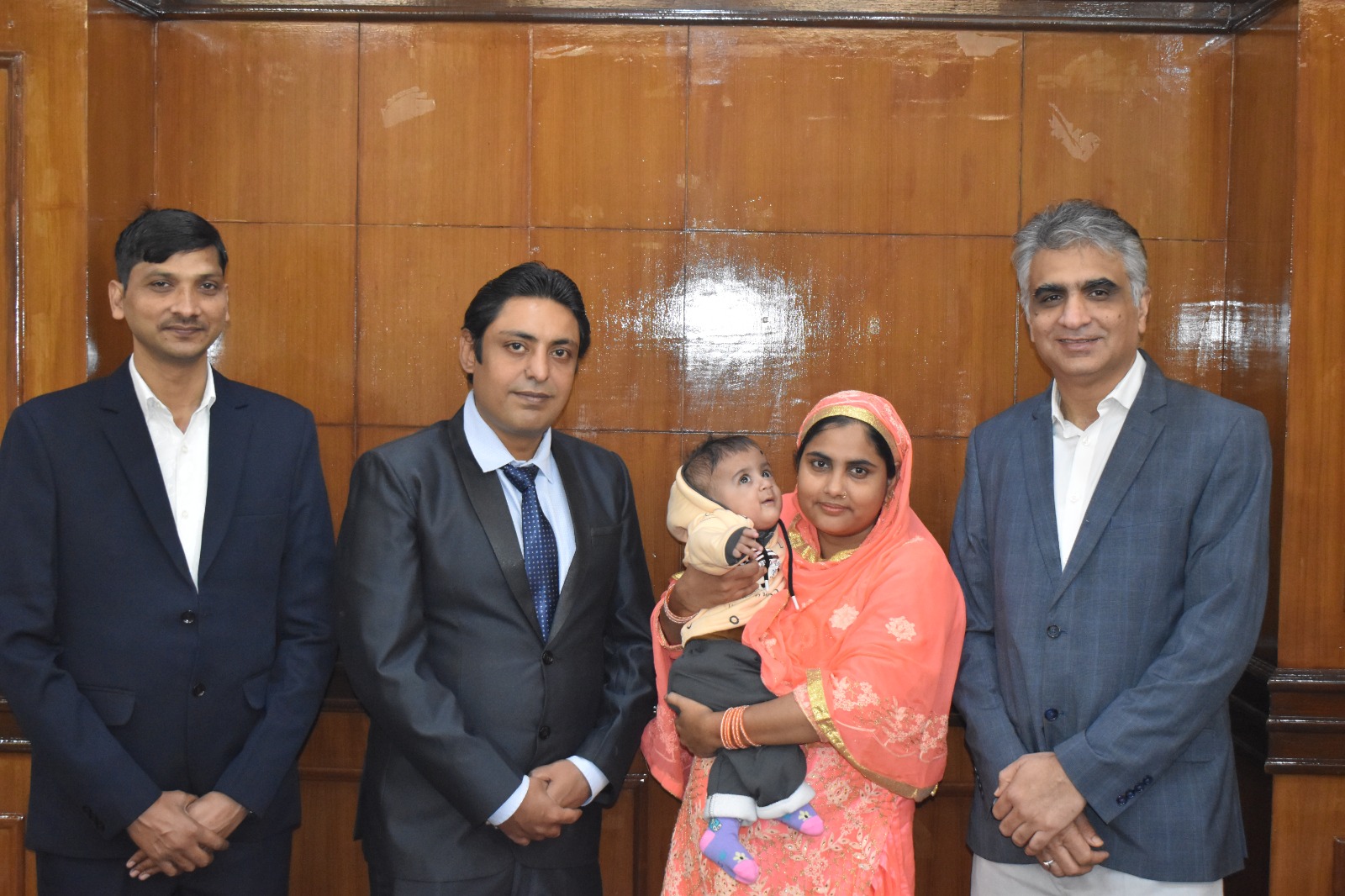
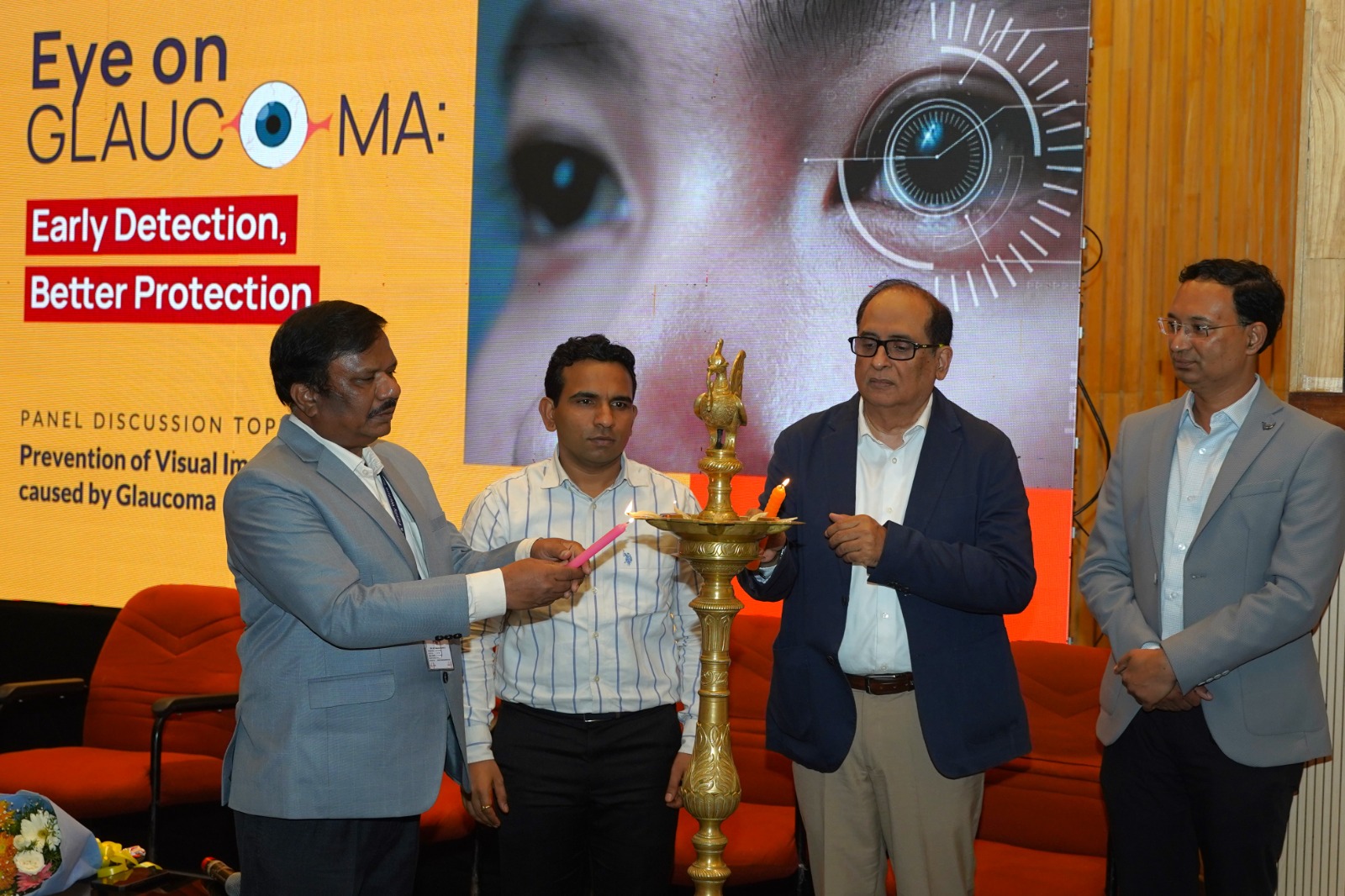
.png)
.png)

.png)
.png)
.png)

.png)
.png)
.png)

.png)
.png)